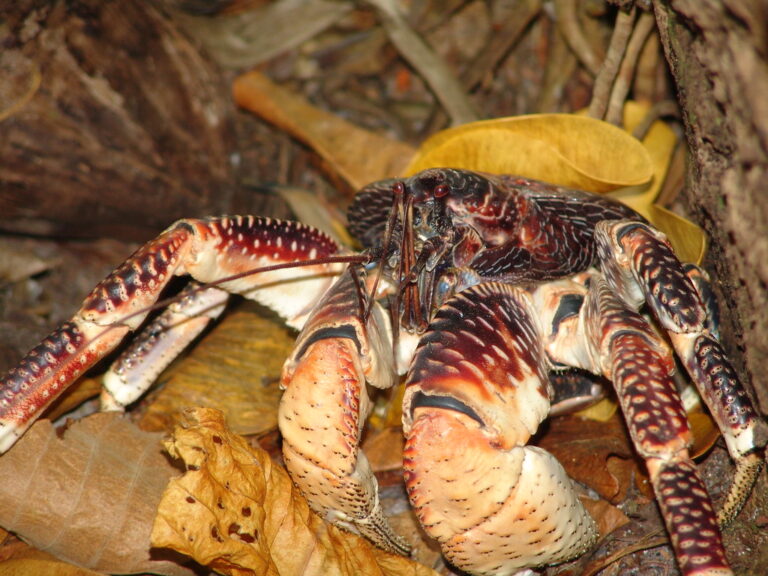Fiddler Crab Symbolism and Meaning

Fiddler crabs are small, fascinating creatures that can be found in many different types of habitats across the world, but their symbolic significance is often overlooked. These tiny crustaceans have much to teach us about life, nature, and spirituality. They exhibit unique behaviors that hold deep meanings in various cultures and beliefs. This article delves into the rich symbolism and meaning behind fiddler crabs and explores their impact on our lives.
Introduction:
Fiddler crabs are remarkable creatures known for their distinctive behavior of using one large claw to entice potential mates or warn off rivals. They’re not just fascinating creatures, but they also hold spiritual significance across different cultures. In this article, we explore the symbolism and meaning behind these intriguing beings and how they relate to our daily lives.
Symbolic Representation:
Fiddler crabs are often associated with intuition, balance, and adaptability. In many cultures, they’re believed to represent a connection between the earthly world and the spiritual realm. For instance, in Native American lore, fiddler crabs symbolize the ability to navigate life’s challenges with grace and ease despite their small size. They embody resilience and adaptability, showcasing how one can overcome obstacles while maintaining a sense of harmony. Their name ‘fiddler’ is derived from the male’s larger claw which it uses to communicate effectively; this symbolizes clear communication in relationships. However, when the smaller claw remains concealed, it signifies caution or hiding one’s true feelings.
- Intuition – Fiddler crabs possess an incredible sense of awareness. They can detect vibrations on the sand with their specialized legs. This indicates the importance of intuitive abilities and listening to one’s inner voice in making decisions.
- Balance – Their ability to walk sideways represents balance; it signifies maintaining equilibrium amid life’s challenges.
- Adaptability – Fiddler crabs change color according to their environment, reflecting the need for flexibility and adaptability in life changes.
- Communication – The male fiddler crab’s large claw usage implies openness and effective communication, important in relationships.
- Hiding True Feelings – When it hides its smaller claw, it denotes hiding emotions or feelings from others.





